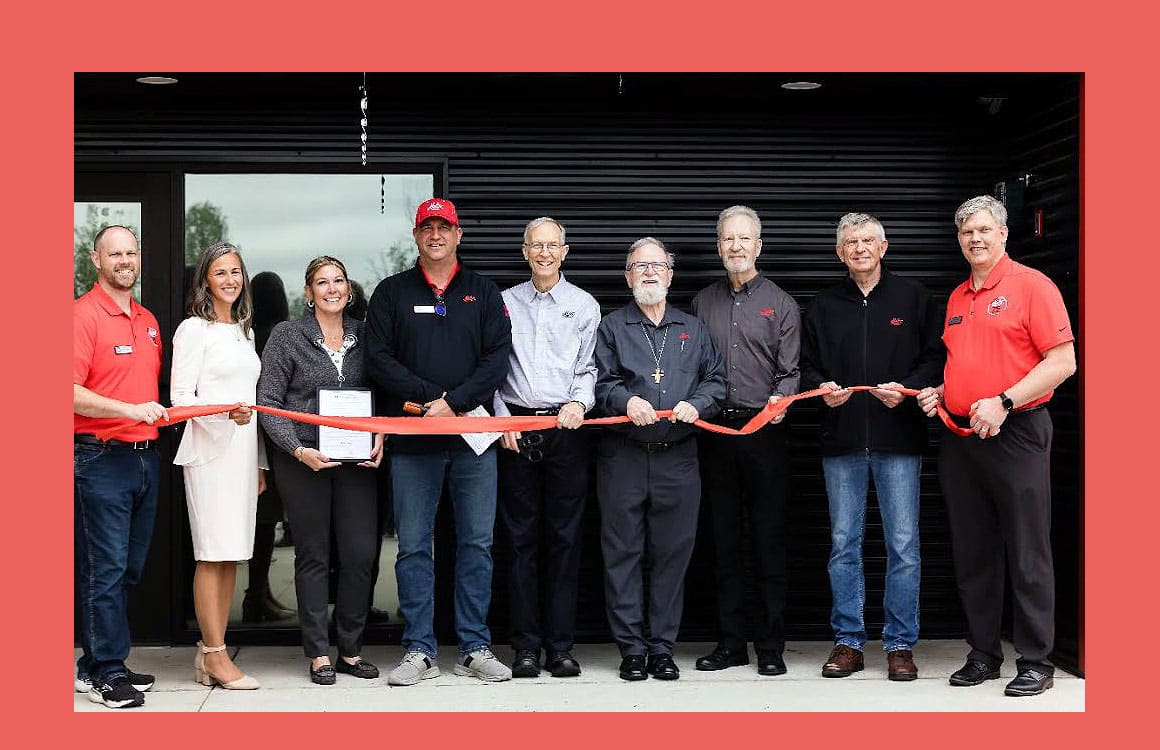From the Director: Is Framework a Game-changer for Laptop Computers?
I have found myself in a cycle of replacing my Windows OS laptop computer about every 3 or 4 years since beginning my journey in journalism. The primary reason has been running out of storage space. I’m reluctant to rely on cloud-based platforms or adding external drives other than for backup purposes. And I’ve been reluctant to purchase laptops with multi-terabyte hard disk drives (HDDs) due to their cost and my concerns about hard disk drives having an average lifespan of 3 – 5 years. Solid state drives have longer life expectancies but also cost more than HDDs.
I’m currently searching for my next replacement – I have 243 GB of space left on a 1 TB drive. Here’s the next challenge: connectivity. I buy smaller, portable laptops since I travel a lot. As laptops have become smaller and lighter, they have eliminated ports. These are the ports I use, either at the office or on the road: USB receiver for wireless keyboard and mouse, USB C and A ports, docking station for multiple monitors, power cord and an HDMI port. I may need a display port when I replace my portable monitor.
A laptop called Framework Laptop 13 caught my eye as I was window shopping online. I’m not endorsing the company or being reimbursed in any way for mentioning them. Their approach to manufacturing is unique and got my attention.
At first, I thought they developed their concept to conform with the “Right-to-Repair” movement that is taking place, primarily overseas, but ramping up in the States. Not to be confused with Florida’s “Right to Repair Laws”, which afford contractors the opportunity to remedy construction defects before a claim has to be brought before a judge (Chapter 558 of the Florida Statutes), the legislation in the U.S. has been largely focused on technology, agricultural equipment and the automotive industry. See repair.org, builtin and Manufacturing.net.
 As I learned from the “About” section on the Framework website, they are about making products last longer:
As I learned from the “About” section on the Framework website, they are about making products last longer:
“Consumer electronics is broken. We’ve all had the experience of a busted screen, button, or connector that can’t be fixed, battery life degrading without a path for replacement, or being unable to add more storage when full. Individually, this is irritating and requires us to make unnecessary and expensive purchases of new products to get around what should be easy problems to solve. Globally though, it’s much worse. We create over fifty million tons of e-waste each year. That’s 6 kg or 13 lb per person on earth per year, made up of our former devices. We need to improve recyclability, but the biggest impact we can make is generating less waste to begin with by making our products last longer.
The conventional wisdom in the industry is that making products repairable makes them thicker, heavier, uglier, less robust, and more expensive. We’re here to prove that wrong and fix consumer electronics, one category at a time. Our philosophy is that by making well-considered design tradeoffs and trusting customers and repair shops with the access and information they need, we can make fantastic devices that are still easy to repair. Even better, what we’ve done to enable repair also opens up upgradeability and customization. This lets you get exactly the product you need and extends usable lifetime too.”
I’m amazed that the developers at Framework have designed a laptop that can be customized and repaired/upgraded in so many ways by consumers. Different colored bezels, a variety of mainboards, memory and storage, even keyboards!
Is this the answer I’ve been looking for? Maybe.
PC Mag review: https://www.pcmag.com/reviews/framework-laptop-13-2023
RTINGS.com review: https://www.rtings.com/laptop/reviews/framework/laptop-13-2023
PCWorld review: https://www.pcworld.com/article/2004407/framework-laptop-13-review.html
















